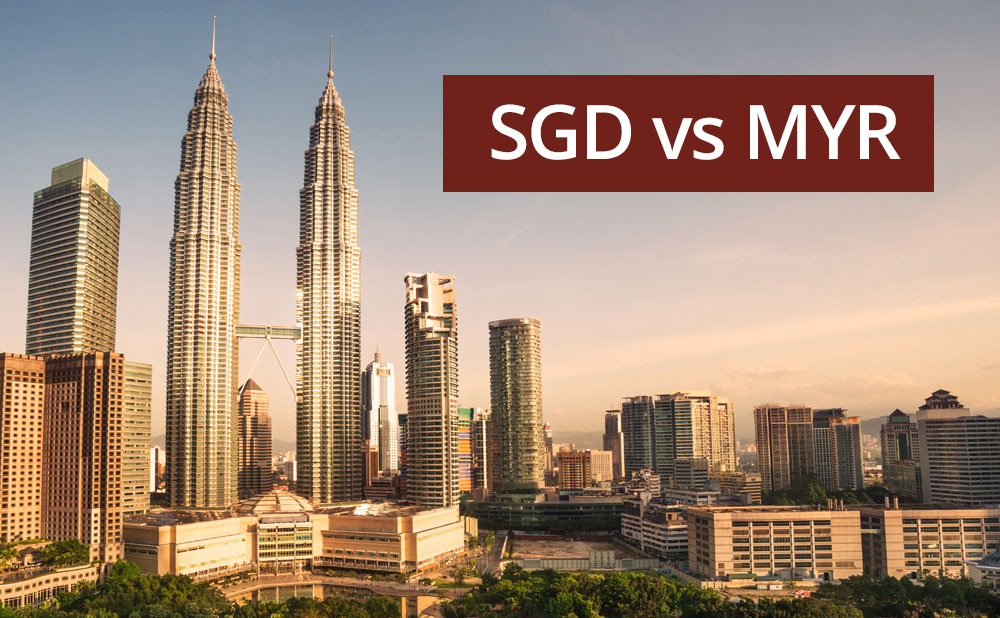Singapore and Malaysia are two countries that offer property investors the advantages of border proximity, ease of transportation, and close economic ties. With Singapore still ranking as the world’s most expensive city to live in (EIU), more investors are turning heads towards neighbour Malaysia.
In Malaysia, the property market is gaining momentum. With developments in strategic locations such as Iskandar Johor just across the Causeway, businesses are shifting to this up-and-coming metropolis which is poised to become the next international trade hub comparable to Hong Kong and Shenzhen. Investors are also lured to Malaysia in anticipation of the high-speed Singapore-Kuala Lumpur rail link to be completed by 2020.
While Singapore’s real estate market has high entry barriers for foreign investors (thanks to the Additional Buyer’s Stamp Duty imposed on foreigners purchasing residential properties in Singapore), Malaysia’s property market remains open to foreign investments.
Given the foreign exchange fluctuations between the Malaysian Ringgit (MYR) and the Singapore Dollars (SGD), and other factors driven by monetary policies, we examine some of the pros and cons for investors when taking up financing denominated in Malaysian Ringgit or in Singapore Dollars for purchasing a property in Malaysia.
Backed with this information, investors can make the most advantageous decision and source the best financing option that caters to their needs.
Currency
MYR financing for Malaysian properties can be obtained from Malaysia-based banks. Singapore-based banks currently only offer SGD financing for Malaysian properties. Investors who intend to rent out their properties in Malaysia will find it more convenient to borrow in MYR as the rental can be used to offset the monthly instalments for the loan, without the need to convert the currency.
On the other hand, investors whose income is drawn in SGD may find it less of a hassle to borrow in SGD as the monthly instalments for the loan will be repaid in SGD.
Investors with base currency in SGD may also wish to borrow in MYR if their view is such that the SGD will strengthen against MYR over time, making it cheaper for them to repay the loan as the same amount of SGD will result in higher amount of MYR over time.
Loan-to-Value Ratio (LTV)
The LTV ratio depicts the amount of loan against the value of the property purchased. For example, taking a loan of 800,000 over a purchase price of 1,000,000 results in a LTV ratio of 80%.
Singapore-based banks lending in SGD typically finances between 70%-80% of the property, while Malaysia-based banks grants up to 85% financing for foreigners and up to 90% for locals.
A higher LTV ratio will work out for investors who are cash conservative and would like to use a bigger loan amount to finance their purchase. It goes without saying that a higher loan amount will, in most cases, require longer loan payment terms and higher total cost of interest.
Location
While Malaysia-based banks are willing to finance property purchases in any part of Malaysia, Singapore-based banks are pickier on the geographical location of the properties they are financing. For example, Singapore’s local lenders UOB and OCBC grant housing loans for properties in Johor and Kuala Lumpur (UOB extends financing for Penang as well). Malaysian banks in Singapore like Maybank and RHB give out SGD denominated loans for properties in Johor, Malacca, Penang and Kuala Lumpur. For locations other than the ones stated, investors are pretty much restricted to obtaining financing in MYR.
Property investors can factor in the location of the property they are eyeing to buy when making a choice for their financial institution.
Loan Packages
Mortgages denominated in MYR are pegged to individual banks’ Base Rate. Base Rates are determined by the individual banks’ cost of funds, depending on their own efficiencies in lending. Effective rates by the Malaysian lenders range between 4.4% to 5.05%.
Mortgages denominated in SGD are usually pegged to 3M SIBOR (Singapore Interbank Offer Rate). SIBOR reflects the interest rates at which banks offer to lend unsecured funds to other banks in the interbank market. The Singapore lenders charge a margin of between 2.5% to 3% on top of the 3M SIBOR, which makes the effective rate to range between 3.3% to 3.8%, assuming 3M SIBOR is at 0.8%.
Another interesting point to note is that borrowers taking up a MYR loan have the option of taking up a Flexi loan. Flexi loans work in such a way where additional funds placed in the repayment account for the mortgage will go towards reducing the principal amount owed. For example, if a borrower has taken up a Flexi mortgage of MYR 500,000 with a bank and placed MYR 300,000 in the repayment account, loan interest will only be charged on MYR 200,000. The borrower will realise interest savings on MYR 300,000 which would otherwise be charged on a non-Flexi mortgage.
Conclusion
Financing Malaysian properties in Singapore requires making a well-informed decision now while anticipating changes in funding market conditions in the future. Financing property investments in general is not only capital-intensive; it also requires long-term management. This entails keeping a close pulse on prevailing market conditions and constantly and strategically re-calibrating financing options to enable investors to gain optimum returns on their property investments while paying the least in interest rates.
Want to find the best mortgage rate in town? Check out our free comparison service to learn more!
Read more of our posts below!


